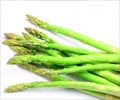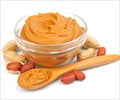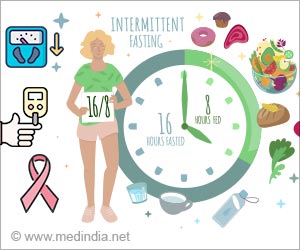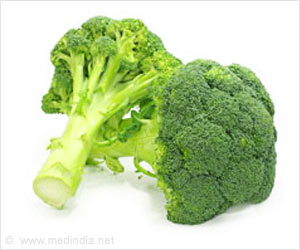Evaluating diet quality in community café meals to ensure nutritious options for individuals facing food insecurity, promoting better health and well-being.

Diet Quality of Community Café Meals Among Guests With Food Insecurity
Go to source). Lead author Alexandra L. MacMillan Uribe, PhD, RDN, Texas A&M Institute for Advancing Health Through Agriculture, explained, "Community cafés are nonprofit restaurants that welcome anyone in the community to pay what they can afford for a restaurant-quality meal without verification of need. The increasingly popular café model presents a promising solution to improve diet quality through the availability of healthy meal options.”
‘#Communitycafes are serving up #healthier meals! meals from community cafes have significantly higher #dietquality than regular meals. #healthyfood #community #nutrition’





Nutritional Impact of Community Cafés on Food-Insecure Individuals
While guests of any income or food security status can dine at community cafes, this research focused on guests with food insecurity. The community café where the research was conducted is a sit-down restaurant located in the Southern US with seasonal menus focusing on local fare for breakfast and lunch and prioritizes “produce-forward” meals without disclosing prices. To recruit participants, wait staff provided information about the study to interested guests, who were then screened for food insecurity to ascertain eligibility. The guests reported what they had just consumed at the community café and what they had consumed for the equivalent meal the day before when they had not eaten at the café.This difference was particularly pronounced for individuals with very low food security, where café meals showed a robust improvement in overall diet quality compared to the comparison meals. Despite these improvements, both café and comparison meals had relatively low HEI scores, highlighting ongoing challenges in achieving optimal diet quality, especially for those experiencing food insecurity. The findings underscore the potential benefits of offering nutritious options and empowering guests to make their own food choices, addressing critical aspects of food access and dietary quality for vulnerable populations.
The researchers propose that future studies could assess changes in diet quality among new café patrons over time or how posting nutrition information or nutrition counseling could help patrons make healthier meal choices. Understanding how community cafés can enhance diet quality, as highlighted by this study, offers promising avenues to improve overall health and reduce diet-related disease risks among individuals experiencing food insecurity.
Dr. MacMillan Uribe noted, “These investigations are crucial for developing effective strategies to promote healthier eating habits in vulnerable populations through community-based food programs like community cafés.”
In reference to the five dimensions of food access (availability, accessibility, affordability, acceptability, and accommodation), critical components to ensuring the stable availability of nourishing, affordable, and suitable foods, Dr. MacMillan Uribe commented, “It can be reasoned that the café increases availability by offering nutritious food options on their menu, affordability through the pay-what-you-can-system, and acceptability by preparing highly palatable, nutritious foods that respond to their guests’ taste preferences and dietary needs.”
Advertisement
- Diet Quality of Community Café Meals Among Guests With Food Insecurity - (https://www.jneb.org/article/S1499-4046(24)00098-8/fulltext)
Source-Eurekalert















